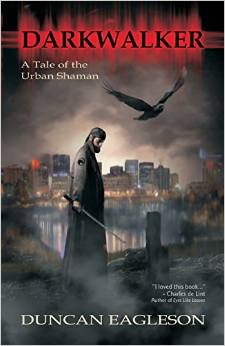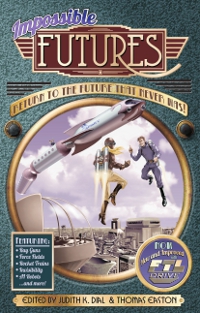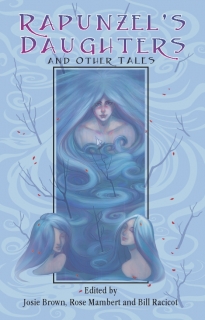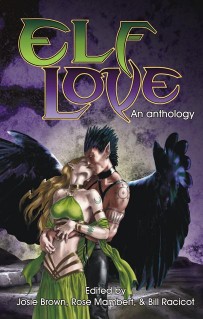Recently, someone pointed out this article to me:
E-Book Sales Slip, and Print Is Far From Dead
It’s a longish article, and if you can’t be bothered to read the whole thing, the headline gives you the gist. And it kicked up a lot of heated debate on social media between the advocates of ebooks and those who cling to real paper books.
Me, I’m what they call a hybrid reader, a fan of both ebooks and paper, so I don’t have a horse in this race. But what this article misses is that outside of the Big 5, the AAP’s 1,200 publishers are mostly the Big 5’s many imprints, along with textbook publishers and university presses (both of which are more heavily print-oriented). And it barely acknowledges that the Big 5 have been inhibiting their own ebook sales with their artificially inflated prices. Ebook sales are not declining – the ones that have gone missing from AAP’s report have migrated to buying from small, indie, and self-publishers that AAP doesn’t track. From all the reports I’ve seen, those publishers are still seeing a steady increase in their sales.
Of course, the article condescendingly admits that the sales may have moved to “cheap and plentiful self-published e-books,” a snotty, perjorative phrase that unfairly condemns a whole class of creators. That some inexpensive ebooks are just crap goes without saying – but so are many paper books. Sturgeon’s Law exempts no medium. Which sounds discouraging, until you consider that along with condemning the vast majority to the dung heap, it also suggests that you will always find ten percent at the top of the heap that’s brilliant stuff, pure gold, no matter what venue, genre, or medium you look into.
Digital or traditional, it’s all the same to me. I love getting my hands in actual paint, and I also love using my Wacom and painting with pixels. It’s not about the medium, it’s about the content. All art is essentially a form of communication, and what you have to say is far more important than what tools you use to say it. To my mind, anything that lets you make a mark, define a form, write a message, is a valid medium, whether it’s a burnt stick against a cave wall, or a chisel on a wax tablet, a quill pen or a keyboard, a bristle brush against canvas, or your finger directing effing pixels projected in the air.
When we get into debates about ebooks vs paper, or photoshop vs oil paints, we’re missing the point. As creative artists, we’re stepping further away from each other over the less significant aspect of what we do – the media we use – and missing the connection we should be making over the more important aspects – what we do with it. Chevy or Ford, Mac or PC, practical or CGI, pen or keyboard, if you can make it work for you, who cares? All that stuff is irrelevant next to where are you going, what are you writing or creating? Does it move the reader or viewer? Does it engage them, and provoke a deep response?
McLuhan was wrong – the medium isn’t the message. The medium may influence and condition the message – but only so far as the creator allows it to. In the end, content trumps form.
I think real paper books and oil paintings both will always find an audience, even if that audience is smaller than it was in previous times. They can’t be “killed” by ebooks or digital art, any more than radio was killed by TV, or painting killed by photography, or oral storytelling killed by writing. All those mediums of expression survive today, and manage to thrive, even though they are no longer the primary medium they once were, and they thrive on a smaller scale.
If ebooks come to rule the market that mass market that paperbacks once owned, as seems likely, the “threat” in that is not to the existence of paper books, or even (despite the suits and bean counters’ fears) to the bottom line of the big corporate publishers. The only real threat is to the big corporation’s business model.
It’s my theory that when the dust settles, we’ll find that while ebooks may eventually replace paperbacks, as paper books become more rare and specialized, we’ll also see a resurgence things like the illustrated books made famous by Wyeth and Pyle and the golden age illustrators. When content is downloadable at a click, the value in a paper book shifts from being primarily the value in the content, to it’s value as an object, as a physical thing you can feel and smell and, well, taste, I suppose (okay, I guess, if licking books is your thing, who am I to judge?) Publishers of paper books, in order to stay competitive, will have to leverage that thing-ness, that physicality. Some may try including scratch n’ sniff panels, or holograms, but those would be passing fads. The logical thing is to produce well crafted, beautiful objects with quality bindings, great illustrations, artistic type design.
Of course, I could be wrong, and history would suggest that I probably am. Most people who’ve had the stones to make any sort of prediction about this kind of stuff have eventually been proven wrong, why should I be the exception?




 "Duncan Eagleson's Viking Snow White retelling, "Snovhit" [has] an authentically ancient feel."
"Duncan Eagleson's Viking Snow White retelling, "Snovhit" [has] an authentically ancient feel."